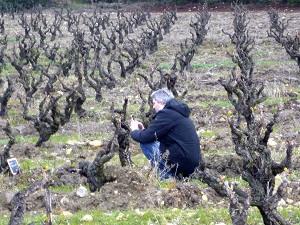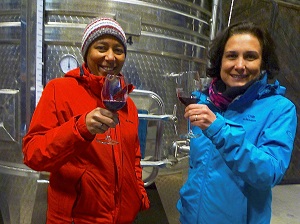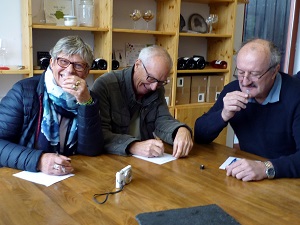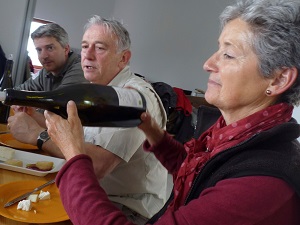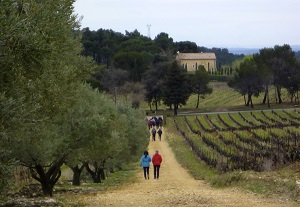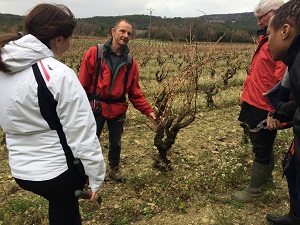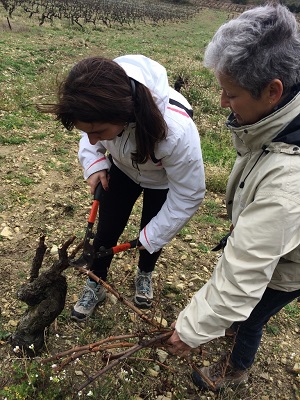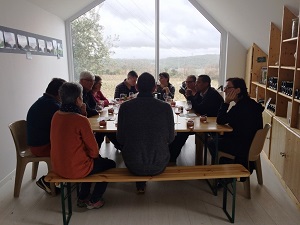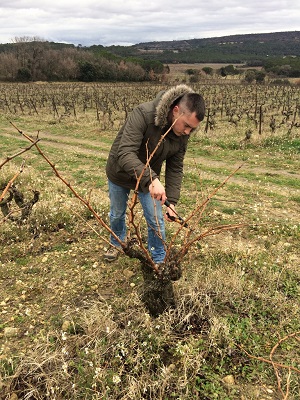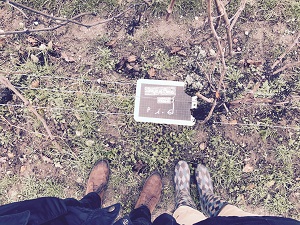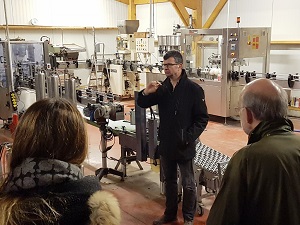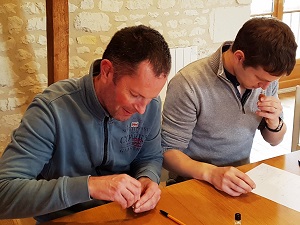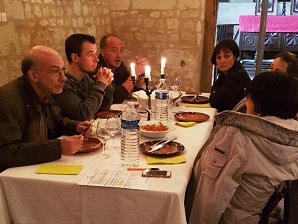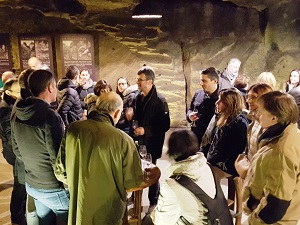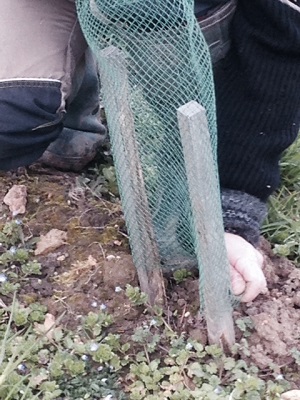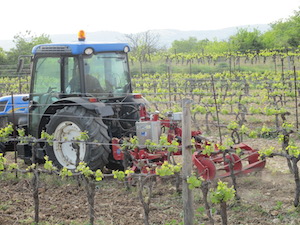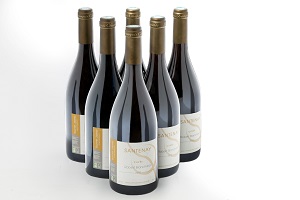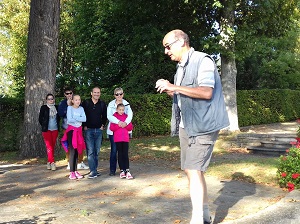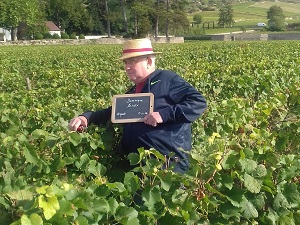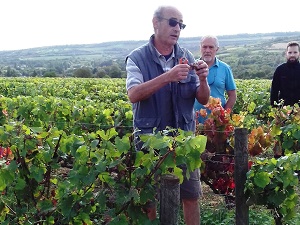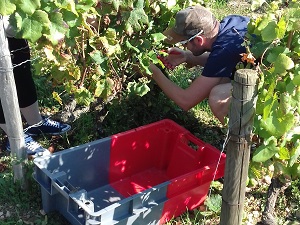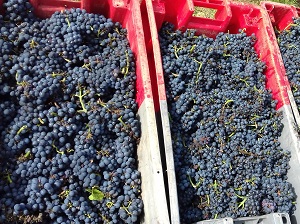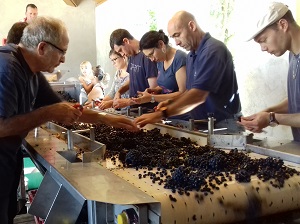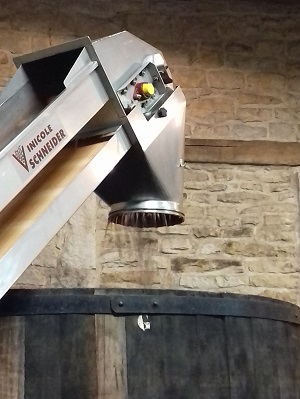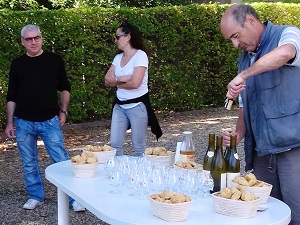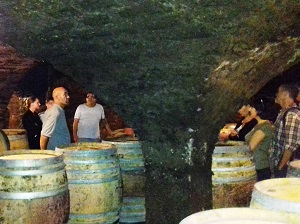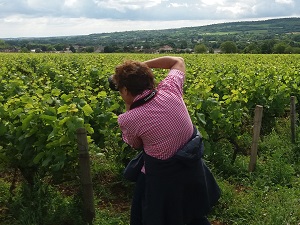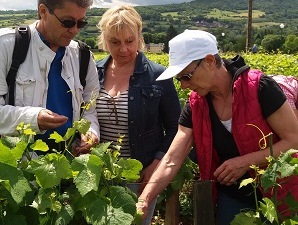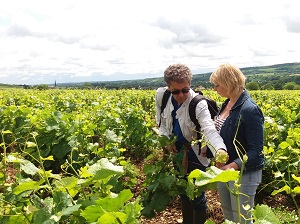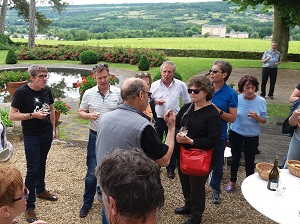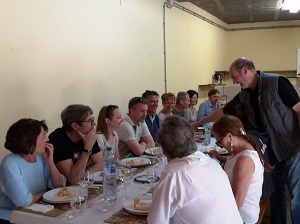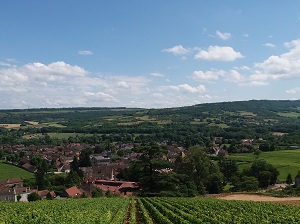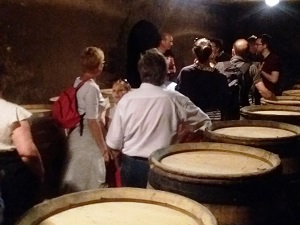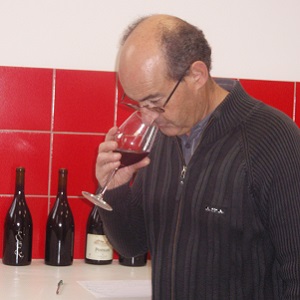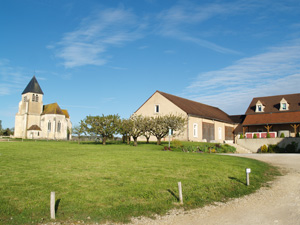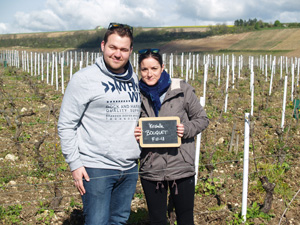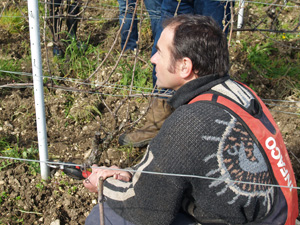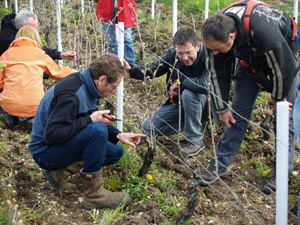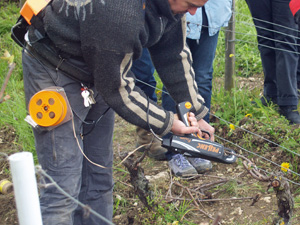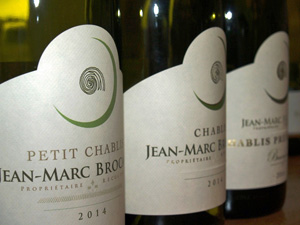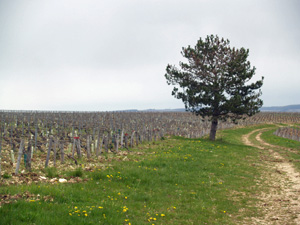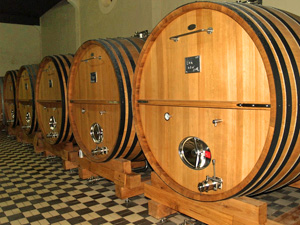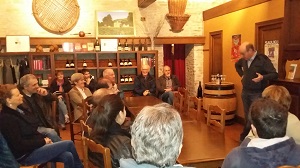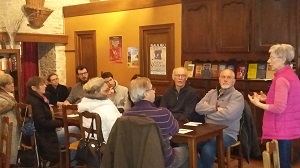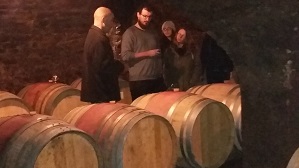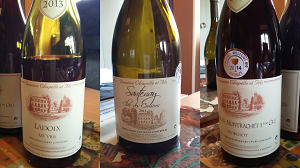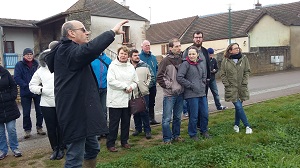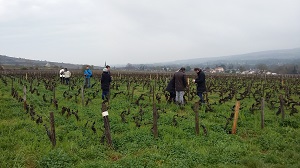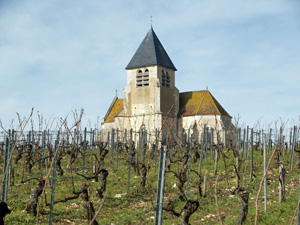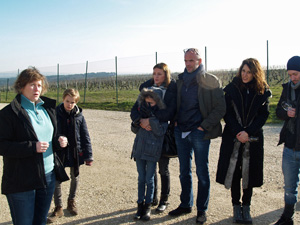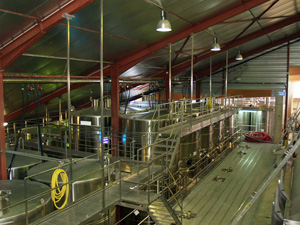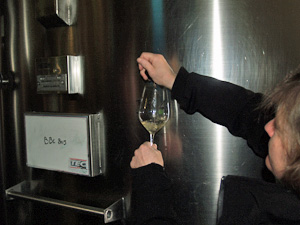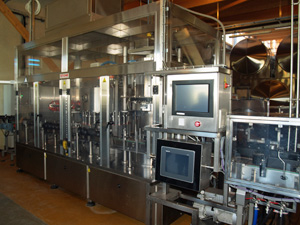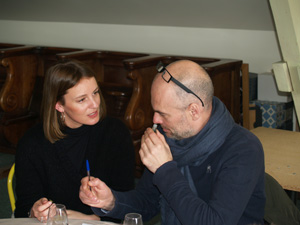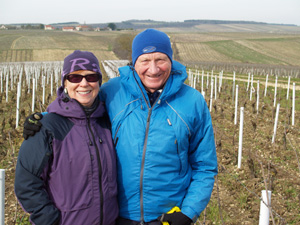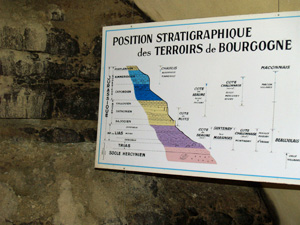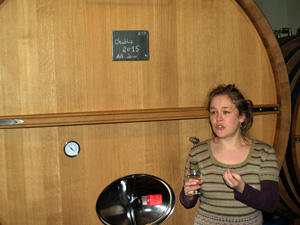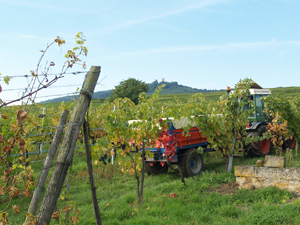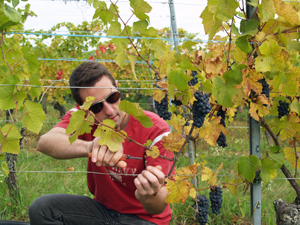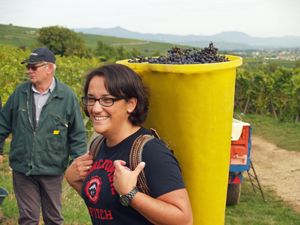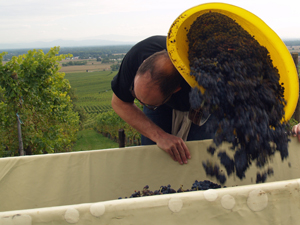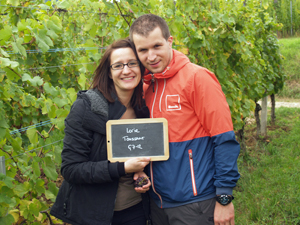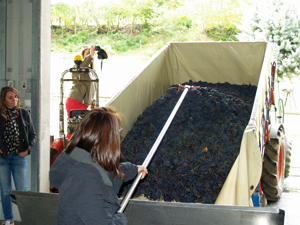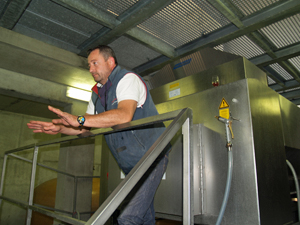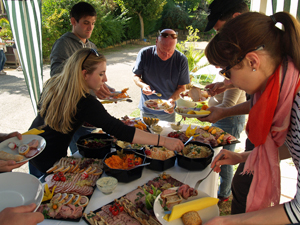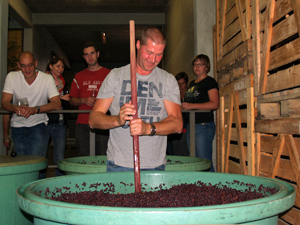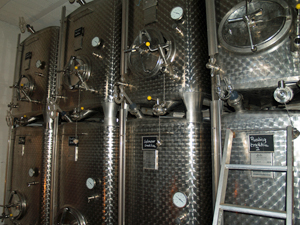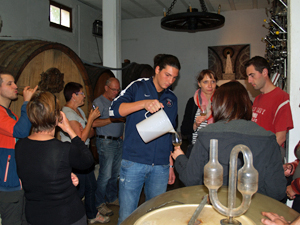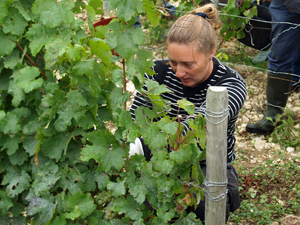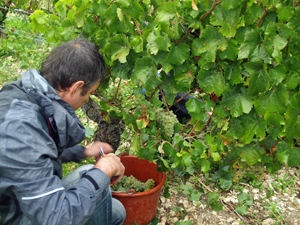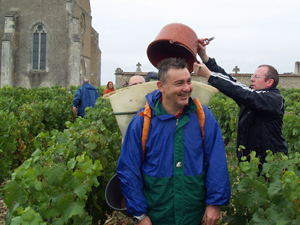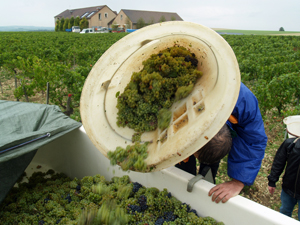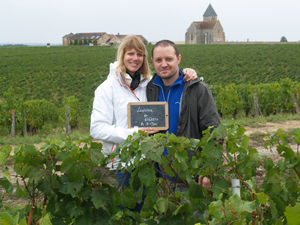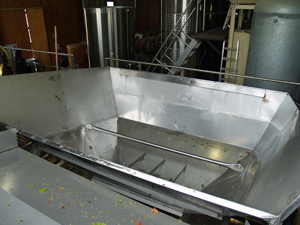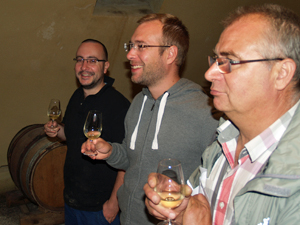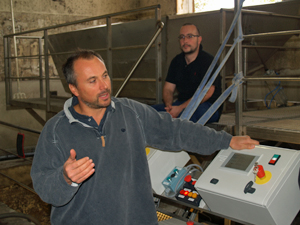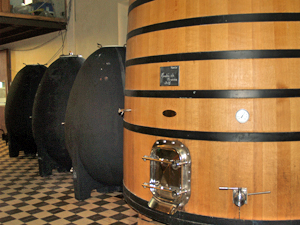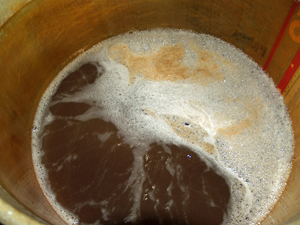With all of the different Gourmet Odyssey Vinification Experience Days taking place at the moment in our different partner wineries, we’ve been struck by the multitude of different methods and techniques used in the cellar to make and age wine depending on the different regions and partners. In this article we wanted to take a closer look at just one of these differences, that difference being the type of container used to produce wines. Here’s a quick overview of some of the different containers used to make wines.
After the harvest, the winemakers have to make a whole raft of crucial decisions in the cellar that will directly impact the quality, taste, and characteristics of their wines. Among them is the choice of container to age the wine once the fermentation has finished. Generally speaking, once the second fermentation has finished the wines are racked, and they are transferred from their fermentation tank to another container to continue their ageing process. There are lots of different types of container, but the most popular by far are either vats or barrels.
Vats
Vats come in all shapes and sizes, and can be made from different materials. The largest capacity vats can hold up to 1 000 200 litres, which is the colossal amount that the world’s largest oak vat holds at the Caves Byrhh. Vats of this size are far from the norm as there are very few wineries that would have the space to house them!
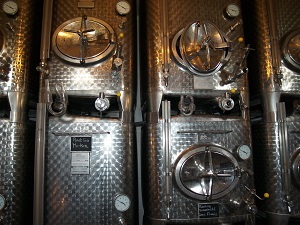
The most common materials used to make vats are stainless steel, concrete and wood. Each has its own advantages. Wood and concrete vats are more porous and allow a micro-oxygenation of the wine which can be something favourable that the winemaker is looking for to make the wines softer and rounder. Wooden vats can also bring some extra tertiary aromas to the wine, particularly when they are new, to add to those present from the fruit and terroir. Stainless steel vats don’t allow these aromas to develop, but they can have the advantage of concentrating the aromas on the primary and secondary ones found in the must. All depends on what type of wine the winemaker wants to develop!
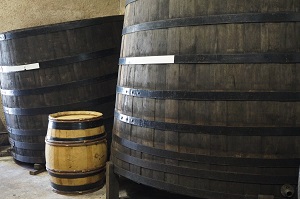
When it comes to the shape, we often imagine that they are all more or less cylindrical, and that is indeed the case in the majority of wineries, but there are also less common forms such as cubic, ovoid, pyramidal, or rectangular. Each shape has its advantages. For example, an ovoid vat allows the wine to perpetually move, keeping the lees in suspension, without having to stir the lees at all. This results in fuller, more concentrated wines.
Barrels
When you think of wine ageing at the winery, more often than not you will think of it doing so in an oak barrel. The volume that a barrel holds varies from region to region, and in French, there are also different names for them depending on the region and the size of the barrel.
For example, in Bordeaux, the typical Bordelaise barrel, a “barrique,” can hold 225 litres (300 standard sized bottles of wine). A Bordelaise “tonneau” is four times bigger, containing 900 litres, and it is this size of barrel that is used for pricing the wines. In Burgundy, the standard measure for a barrel of wine is called the “pièce” and has a capacity of 228 litres (304 standard sized bottles of wine). For much larger quantities there also the “foudres”.
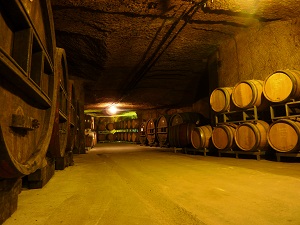
There are two main reasons why the winemaker might choose to use oak barrels. The first is the micro-oxygenation that takes place as we mentioned in the section before on vats. The second is the impact that the interaction between the wine and the oak has on the aroma and taste of the wine. The majority of tertiary aromas found in wine are developed thanks to prolonged contact with the oak. Vanilla, cinnamon, hazelnut, toast, leather, etc – different aromas depending on the type of wood, its origin, and the way in which it was toasted during the manufacture of the barrels. Choosing the right barrel that will enhance the characteristics of a wine without overpowering it can be a difficult decision for the winemaker.
Choosing the right container
Each type of container has its qualities and its supporters, the choice resting with the winemaker to help produce the desired wine. At our partner winemakers, we often taste the same wine that has been aged in different types of container. For example at Domaine la Cabotte, they have started to test using clay amphorae like the Romans used. They are trying to benefit from the porosity of the clay jar for the micro-oxygenation that is similar to a barrel, but without the exchange of tannins and development of tertiary aromas.
Whatever the choice of the container to be used, its impact will diminish as the volume increases, as the surface area becomes smaller relative to the volume of wine contained. The larger the container, the slower the ageing process will be. Controlling the temperature is also important, not just during the fermentation process, but during ageing as well to regulate the ability of the oxygen to dissolve into the liquid. Yet more choices for the winemaker!
Related articles
Vinification and ageing of wine
